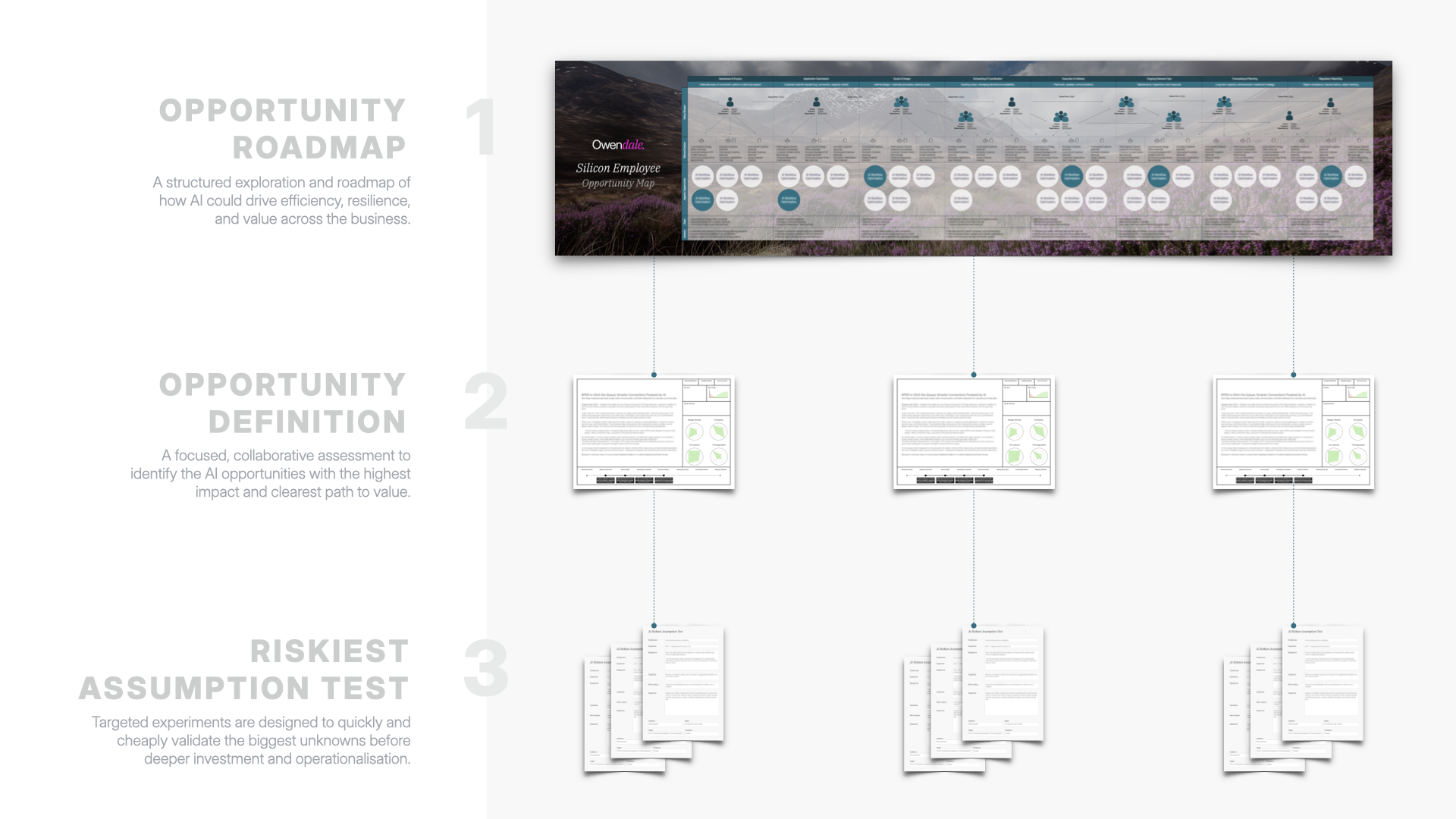“In 2025, ‘AI strategy’ will simply be ‘business strategy.’ The only question is who leads it.” — Gartner Future of Work Pulse, April 2025
Generative AI has gone from curiosity to joining the workplace as a colleague in under 24 months. Early adopters of “silicon employees” report double-digit gains in productivity and efficiency. For example, professional services firm RSM—a top-ten global network known for auditing, tax, and consulting—reports productivity gains of up to 80%. Microsoft reports 29% faster task completion for Copilot users. And Klarna, the Swedish fintech company, reports that its AI assistant now handles the workload of 700 full-time agents, resolving two-thirds of customer service chats instantly with higher satisfaction scores than human agents.
In parallel, leading AI adopters like Duolingo and Shopify have issued internal memos stating they will only approve hiring budgets when AI is proven incapable of performing a role. This stance does two things: it shifts the burden onto hiring managers to prove that AI can’t do the job, and it forces behaviour change, which, as Shook’s model shows, ultimately reshapes organisational culture, values, and norms.
It’s hard to overstate what’s happening. AI adoption is no longer a tech problem—it’s a human one. We built organisations around the limits of human intelligence. Now, for the first time, we must redesign them for co-intelligence—redefining strategy, operations, and how we work together.
HR Must Get in The Driving Seat
Enhancing an organisation with AI isn’t a job for technologists alone. It demands organisational, cultural, and behavioural shifts that require HR leadership and responsibility. We’re already seeing AI reshape aspects of the employee experience: talent acquisition, learning and development, performance management, collaboration, culture, organisational design, and more.
And while headlines focus on AI’s power to boost productivity, employees feel the tension more personally.
A recent CNBC/SurveyMonkey survey found that 72% of workers who use AI at work say it makes them more productive. Yet despite those gains, 60% of regular AI users are worried about what it means for their job security. The more employees use AI, the more concerned they become. This fear isn’t technophobia—it’s the emotional fallout of unclear strategy, poor communication, and the absence of people-first design. Left unaddressed, this creates a quiet fracture in the workforce: visible enthusiasm paired with invisible fear.
HR must take a leading role in this redesign to avoid such concerns becoming a crisis. That means asking and answering some difficult questions:
1. Are we redesigning with our people—or doing AI to them?
Every time we assign work to AI, we’re quietly reshaping someone’s role. Who’s advocating for the human on the receiving end of that change? And what happens when someone refuses to collaborate with a machine?
2. What does culture look like in a human–AI team?
Who onboards the AI? Who ensures its behaviour aligns with your values—not just your workflows? When things go wrong, who’s accountable? And when they go right, who gets the credit?
3. Are career paths evolving—or quietly evaporating?
As AI forces change in job descriptions, traditional progression models must evolve. How do you offer meaningful growth when many foundational, early-career experiences are automated?
4. Are we optimising performance—or burning people out?
In removing admin overhead and friction, AI also risks the valuable cognitive breathing space people rely on to reset. Are you designing workflows that boost productivity and protect wellbeing?
5. Do our people trust us to use AI responsibly?
The more employees use AI, the more anxious they become about job security. Trust doesn’t come from productivity stats; it comes from transparency, ethical safeguards, and meaningful involvement.
These questions only scratch the surface. In a world where AI is reshaping the workplace, HR has to lead the design of how humans and machines work together. Because if HR doesn’t, someone else will. And they won’t be thinking about people.
So, how do we sympathetically redesign work so humans and AI can collaborate responsibly and effectively?
Creating a Silicon Employee Roadmap
![]()
One way to assess, plan, and integrate AI into your organisation’s internal operations is with a Silicon Employee Roadmap. The Roadmap is the strategic blueprint your board expects—and your organisation needs—to thrive in the Intelligence Era.
The Silicon Employee Roadmap stops AI adoption from becoming a scattered pile of pilots and turns it into a coherent, human-first transformation. The Roadmap shows leaders where AI genuinely adds value, who (human, AI, or both) should perform each task, and how to measure success and de-risk the change.
In short, it turns “let’s try some AI” into a disciplined journey that boosts productivity, protects culture, and gives HR and executive teams a single source of truth for navigating the intelligence era. Moreover, creating the Roadmap is transformative in its own right: it maps the whole value stream, surfaces human bottlenecks, and provides a clear direction.
1. Value-Stream Map – Surface the Human Bottlenecks
Map the flow of work—every activity, handoff, approval, and wait state. Track cycle times, rework, and error rates to expose where human capacity, sign-offs, or siloed data are throttling throughput. These become your high-value targets for redesign.
2. Intelligence Allocation Map – Decide Who (or What) Executes
Break complex activities into their component tasks and assign them to three lanes: AI-Only for high-volume, rules-based tasks; Human+AI for judgment-led collaboration; and Human-Only for more nuanced or regulated work.
3. Outcome & Goal Canvas – Anchor the “Why” in What Matters
Link each initiative to what matters most: business outcomes, people outcomes, and compliance outcomes. Define KPIs. Set baselines. Measure progress visibly—and in ways your board will care about.
4. Action Roadmap – Turn Insight Into Execution
Prioritise initiatives across 30-, 90-, and 180-day horizons. Assign ownership, set budgets, and bake in governance checkpoints. Pair quick wins (AI assistants, low-code automation) with longer-range bets (workflow reengineering, internal skills academies).

The real power of the Silicon Employee Roadmap comes when it’s paired with Opportunity Definition and Riskiest Assumption Tests. Together, they form a low-cost, low-risk toolkit for experimentation—enabling you to validate where AI can drive real commercial impact without compromising culture, trust, or workforce dynamics.
The Time is Now
AI isn’t coming. It’s already reshaping how work gets done at every level in every industry. This reshaping creates a defining moment for HR—not to react but to lead. Because this isn’t a tech implementation; it’s a human transformation. And how we choose to lead will define the future of work.






